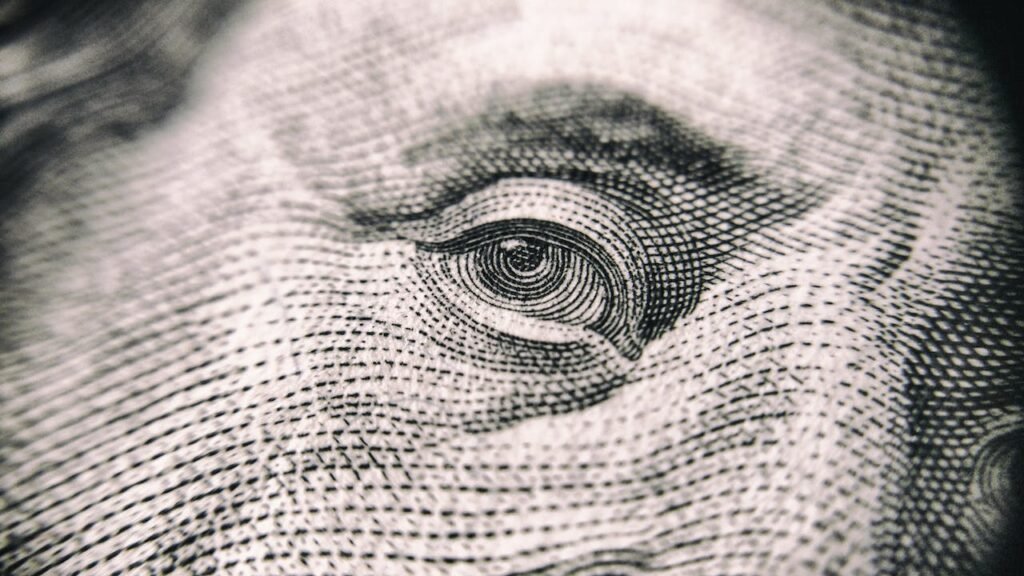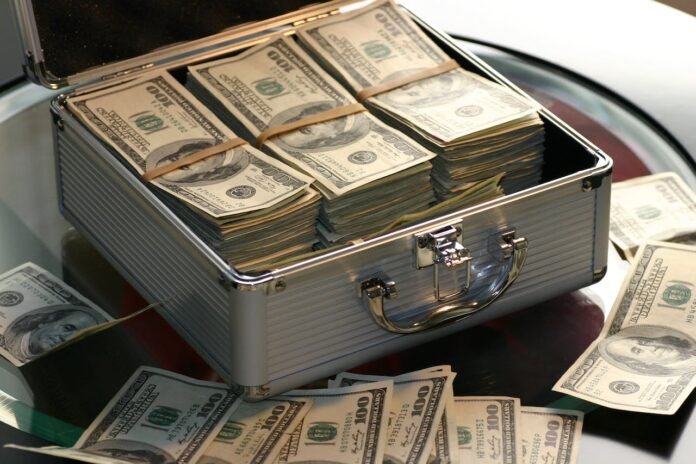The other night, I was at dinner with clients, now friends, after several years of buying property in Puerto Vallarta.
The subject came up of money laundering. How much laundering is in the world right now. Here is some information from my research about this pervasive worldwide practice.
There are three stages of money laundering, introducing laundered funds into these systems:
- Placement
- Layering
- Integration/extraction
Warning signs include:
- The rapid succession of transactions relating to the same property.
- Use of cash or third-party intermediaries without adequate commercial explanation.
- Use of overseas trusts or companies to conceal property ownership.
- Unexpected early repayments, such as a mortgage.
These days, a money launderer has a low risk of being caught. Data suggests the U.S. government’s efforts to enforce America’s money-laundering laws fail 99.9 percent of the time. This failure is as bad as the problem of fighting against cybercrime in the digital world.
“Smurfing” refers to a money laundering tactic by which individuals break up large sums of money into smaller, less noticeable amounts. These smaller amounts are then laundered separately to avoid being noticed.
Criminals may purchase big-ticket items with cash and then quickly resell them to have money they can use in their bank accounts.
Real estate is one of the most common vehicles for money laundering, as are luxury cars and other expensive purchases, such as art being resold with illicit funds.
For many years, AML* compliance programs were built on the four internationally known pillars: development of internal policies, procedures and controls, designation of an AML (BSA) officer responsible for the program, relevant training of employees and independent testing.

What services are at high risk of money laundering?
- Insolvency services
- Investment business
- Trust and company services
- Aggressive tax schemes
- Payroll services
- Probate and estate management
- Accounting services where you are concerned that the underlying books and records may have been falsified.
High-risk products or services involve:
- Unlimited third-party transactions (e.g., demand deposit accounts).
- Limited transparency (e.g., Internet banking, prepaid access, ATM, trust).
- Significant international transactions (e.g., correspondent banking).
Which is not included in money laundering risk?
“Purchases of securities or other financial products that are lawful in the launderer’s name or the names of the launderer’s legitimate business companies.”
So, if securities are purchased with ¨washed¨ funds and then invested in stocks and bonds of a legitimate business, is this still a tainted investment coming from dirty money?
If dirty money was “washed” a few transactions previously, is it now clean enough to buy stocks and bonds of a legitimate company?
Does this mean after the money is “cleaned,” and used to buy stocks, bank certificates, bonds, these investments cannot be taken from the owner?
Real Estate is a classic money laundering target.
Pre-construction projects with preselling campaigns can receive down payments from buyers with clean money in one currency, and the builders can build the project with dirty money in another currency. Then they write up the sale in clean money from the buyer.
The magic tricks to exchange currency for another product or service exist all over the world. So, blood money, stolen money, and different currencies can be interchanged so that it is difficult to know what is clean and what is dirty.
I wonder how long exchanging goods and services have been using this system to clean currencies, which can then be used in the open market?
This article is based on my research while living and working in the Puerto Vallarta-Bahia de Banderas area. I recommend each potential buyer or seller of Mexican real estate conduct his due diligence and review.

* The AML Law in UAE requires that the Anti-Money Laundering Policy and AML procedures and guidelines must be commensurate with the nature and size of the business.


